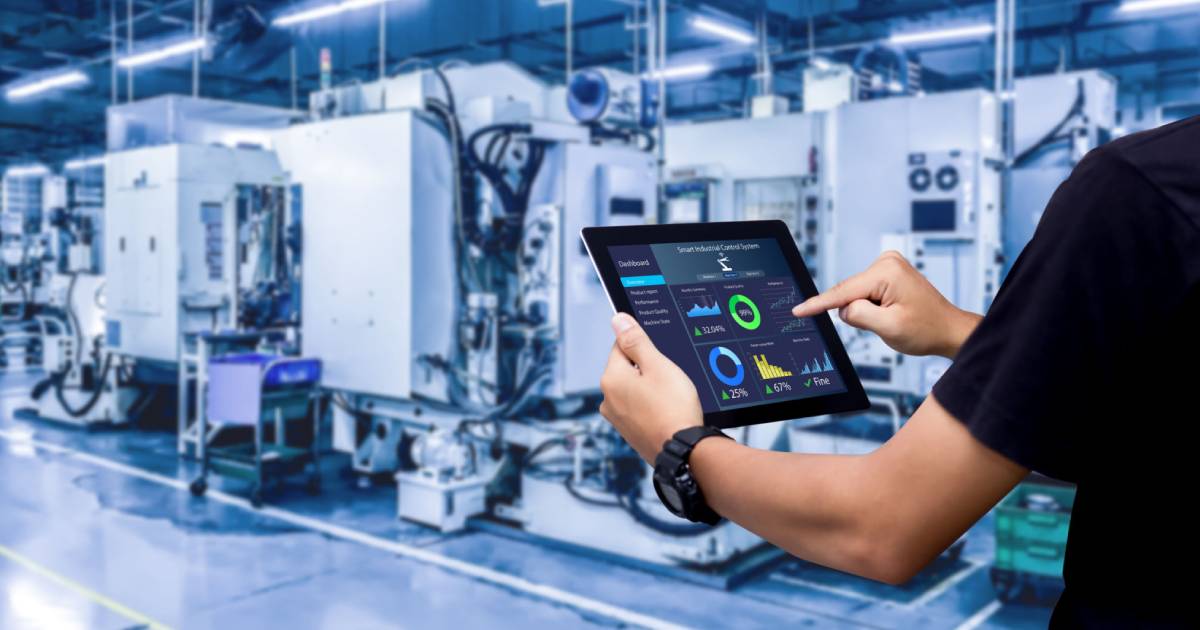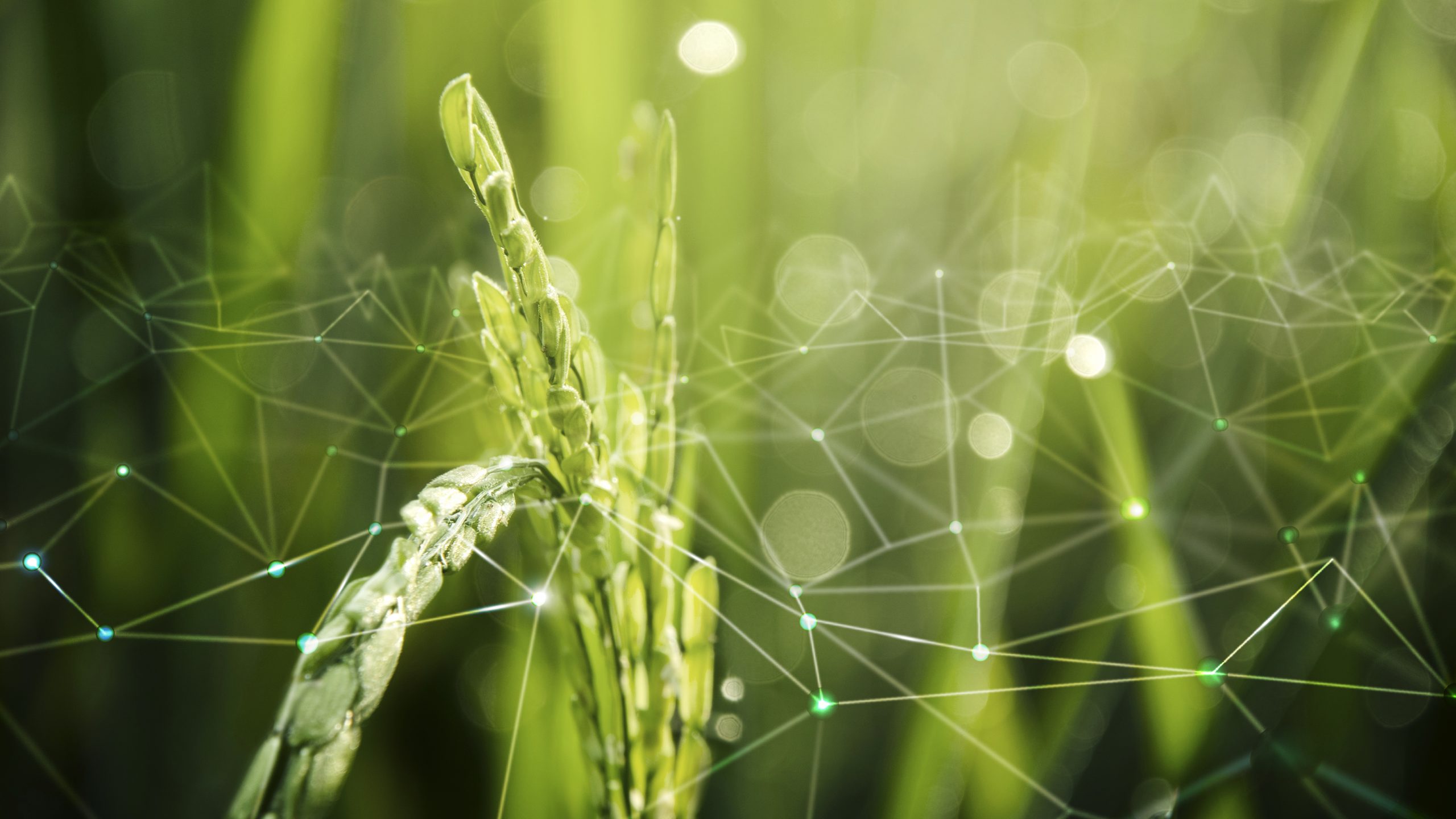Internet of Things Application
Industries can use internet of things technology (IIOT) to achieve sustainable development in various ways.

Smart Office
The smart office concept uses IIOT to create a safer, more productive, and energy-efficient work environment through a sensor-based system that will detect changes in the office environment and provide real-time action. For example, control lights that will turn on automatically when it detects movement and smart door locks that will lock doors automatically at certain hours.
Smart Energy
Internet of things plays an important role in the production of renewable energy. Renewable energy promotes a sustainable and environmentally friendly lifestyle, and reduces production costs. These technologies involve IoT sensors, battery storage, energy consumption regulation, and more.
Reduce Pollution
Internet of things allows air pollution to be monitored in real-time via air quality sensors, enabling the source of pollution to be identified quickly and accurately. For example, AI-enabled traffic lights can adjust automatically to traffic volume, reducing the number of idle cars as a source of air pollution.
Energy Efficiency
Internet of things works on energy efficiency by reducing the total cost and use of electricity. By using real-time energy consumption data from IoT, companies can create strategic ways to save energy, one of which is through lighting systems and smart thermostats.
Water Conservation
IIOT is very important in water conservation as it has become a valuable resource in the world. It works by sending real-time data using water sensors to monitor water usage, filtration systems, and water quality.

Internet of Things Technology in the Manufacturing Industry
The application of internet of things is a growing trend in the smart manufacturing industry. The technology is used in different aspects such as:
- Real-time asset and device monitoring to ensure reliability, safety, and compliance
- Connected operational intelligence on the machine and equipment
- Machine-to-machine automation
- Predictive maintenance and early malfunctions
- Logistic management
- Manufacturing key performance indicators
- Improve safety and prevent work-related injuries using fire sensors, radiation sensors, and health sensors to monitored the workforce heart rate

Subang Smartpolitan is an integrated industrial township development in Indonesia. Subang Smartpolitan is designed with smart and sustainable concept that integrates business, connectivity, community, and innovation in one township. Subang Smartpolitan infrastructure uses the internet of things technology to support manufacturing industry activities and meet the needs of technology efficiency as well as sustainable development.

